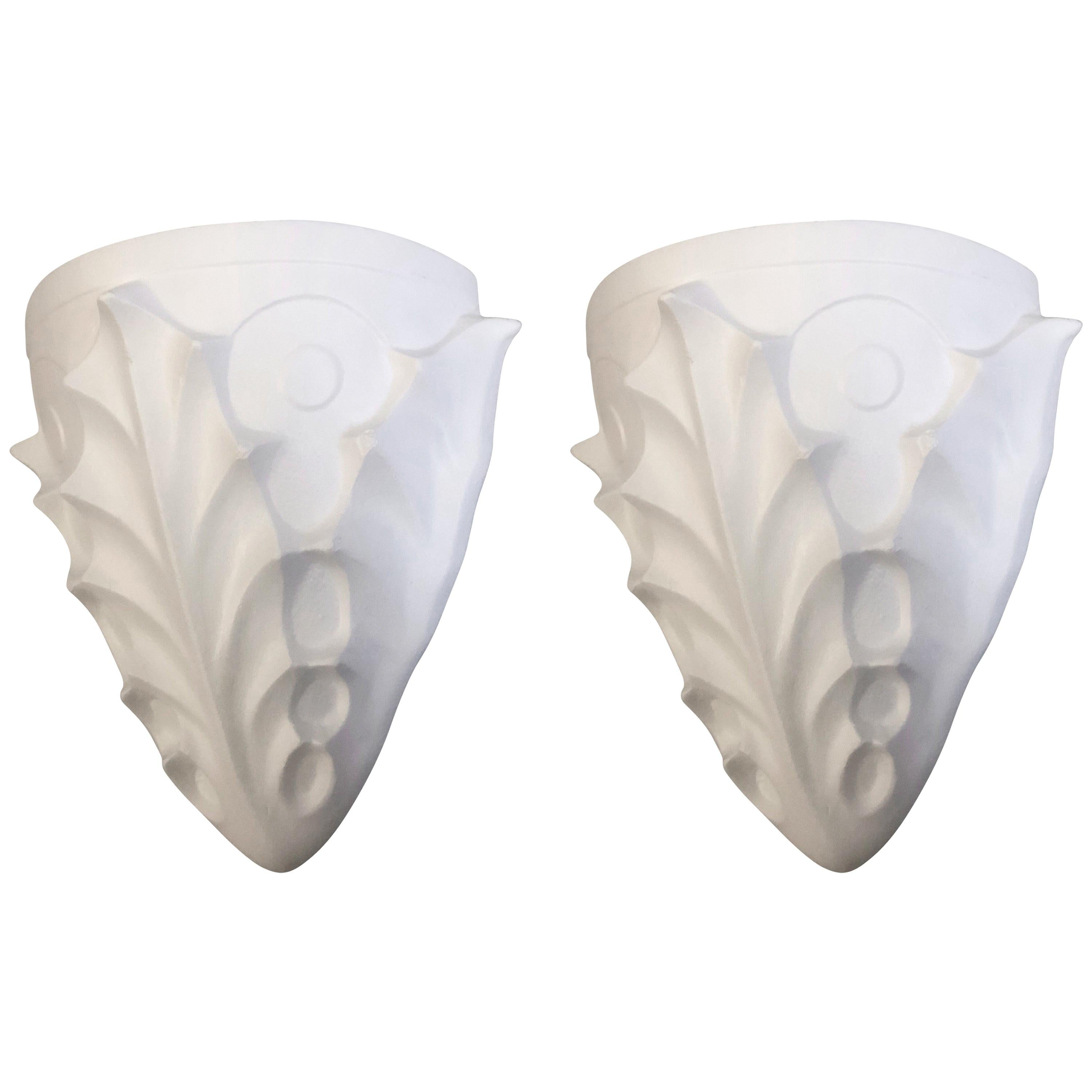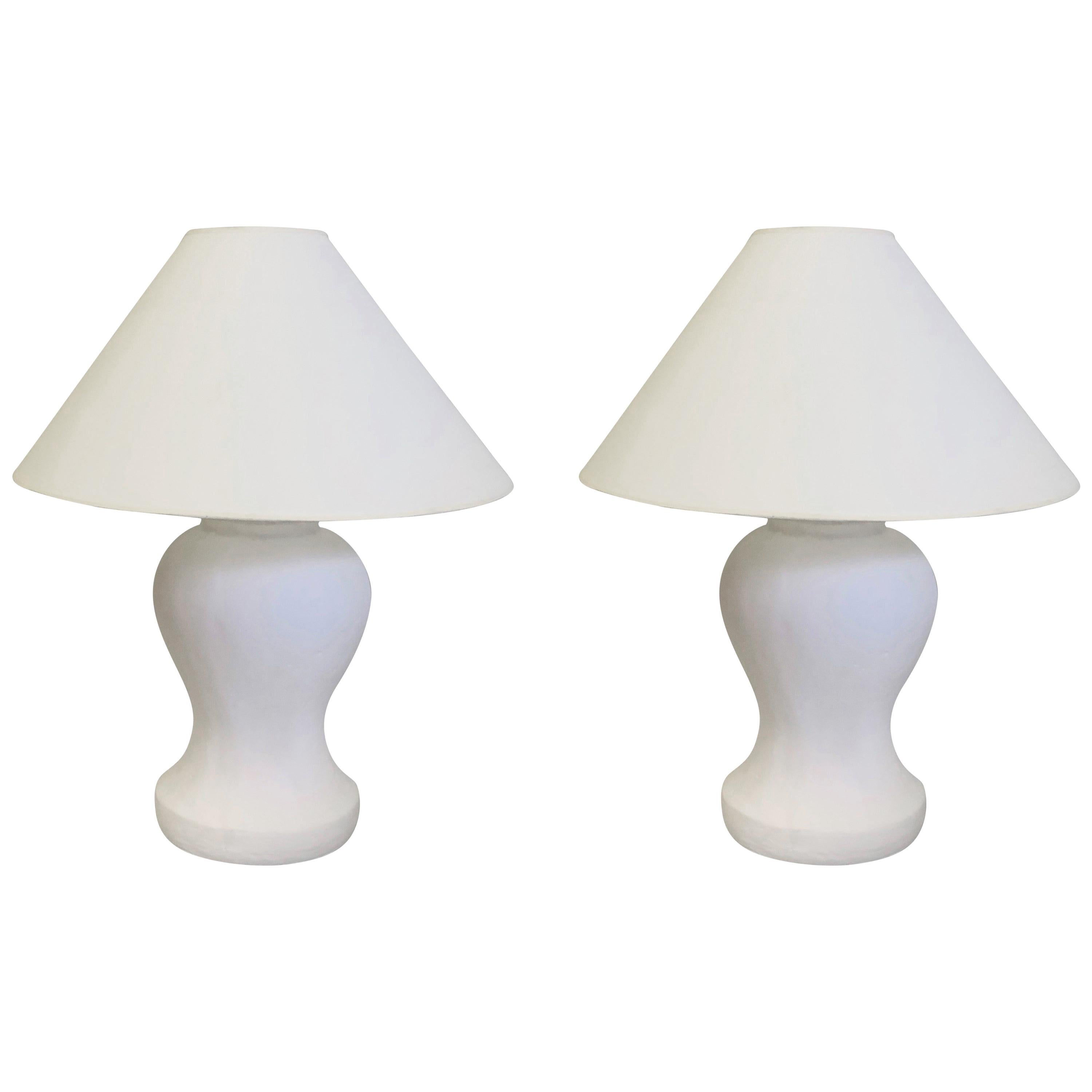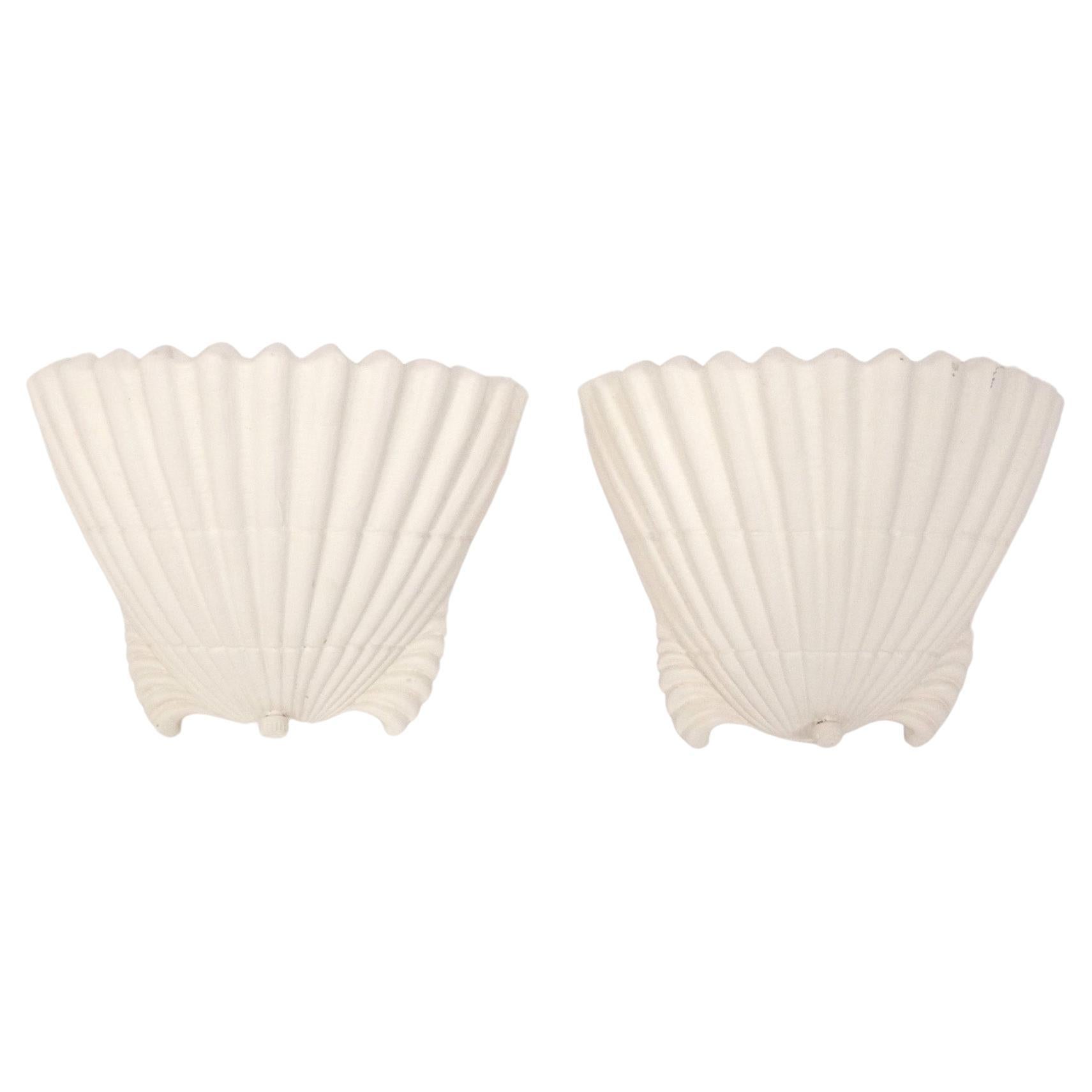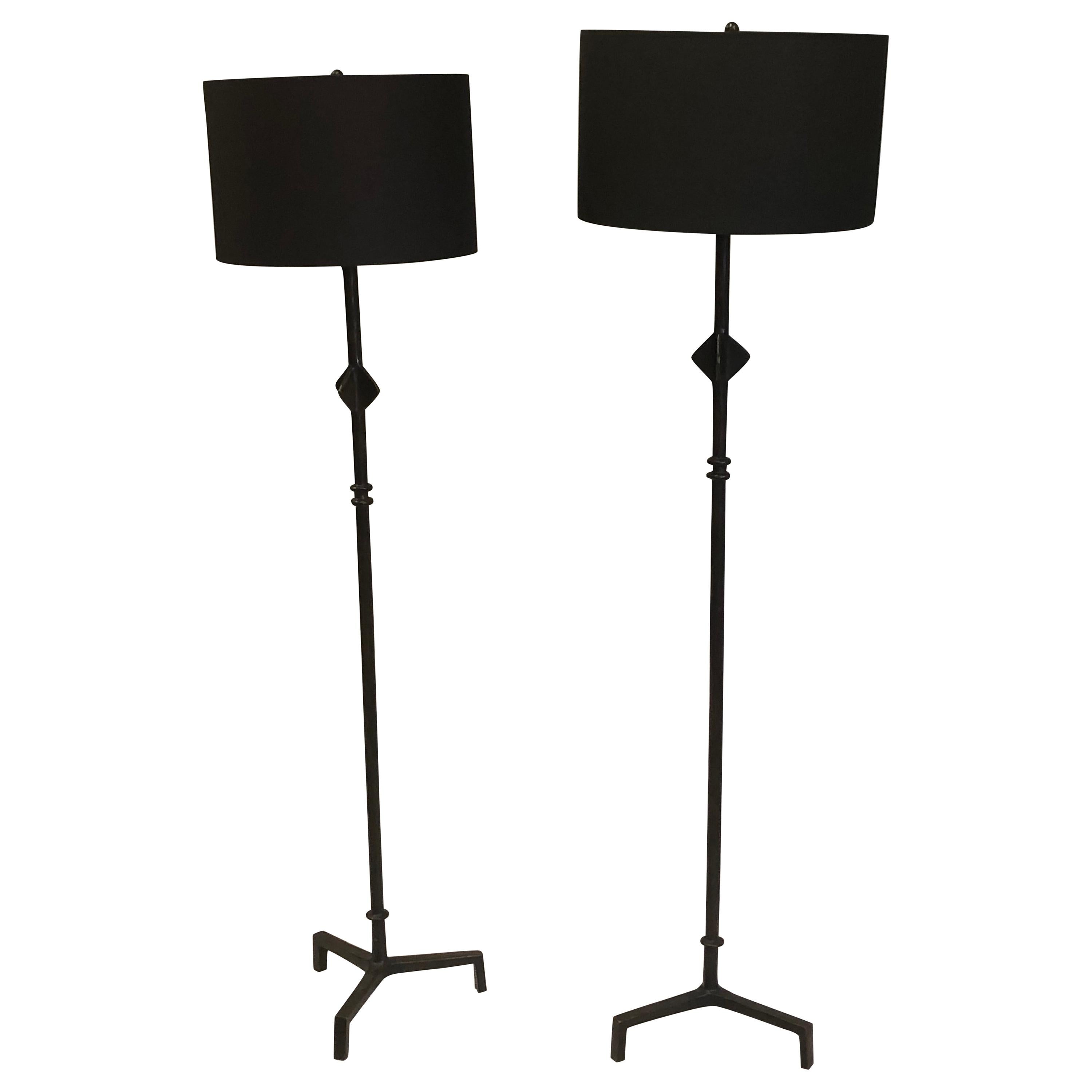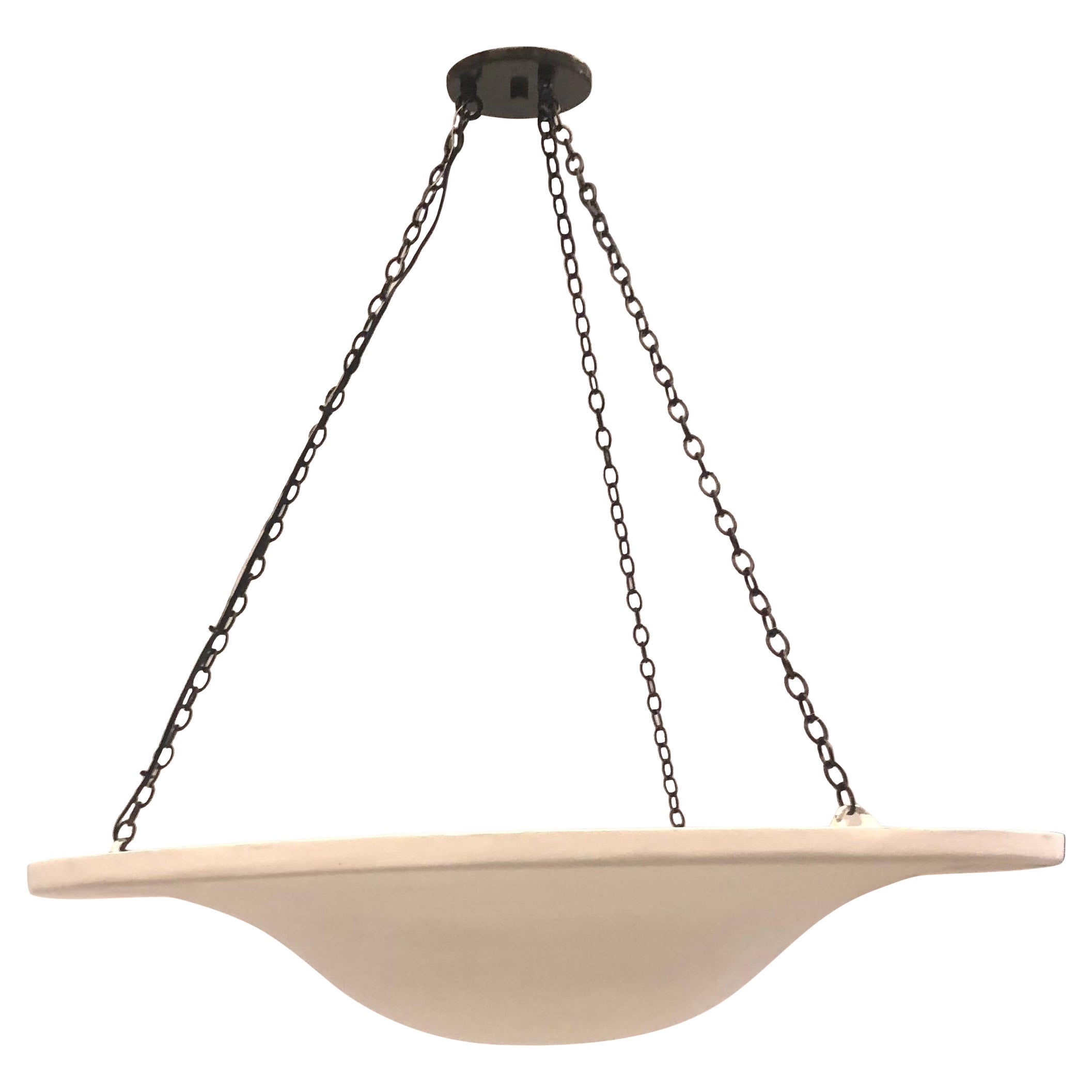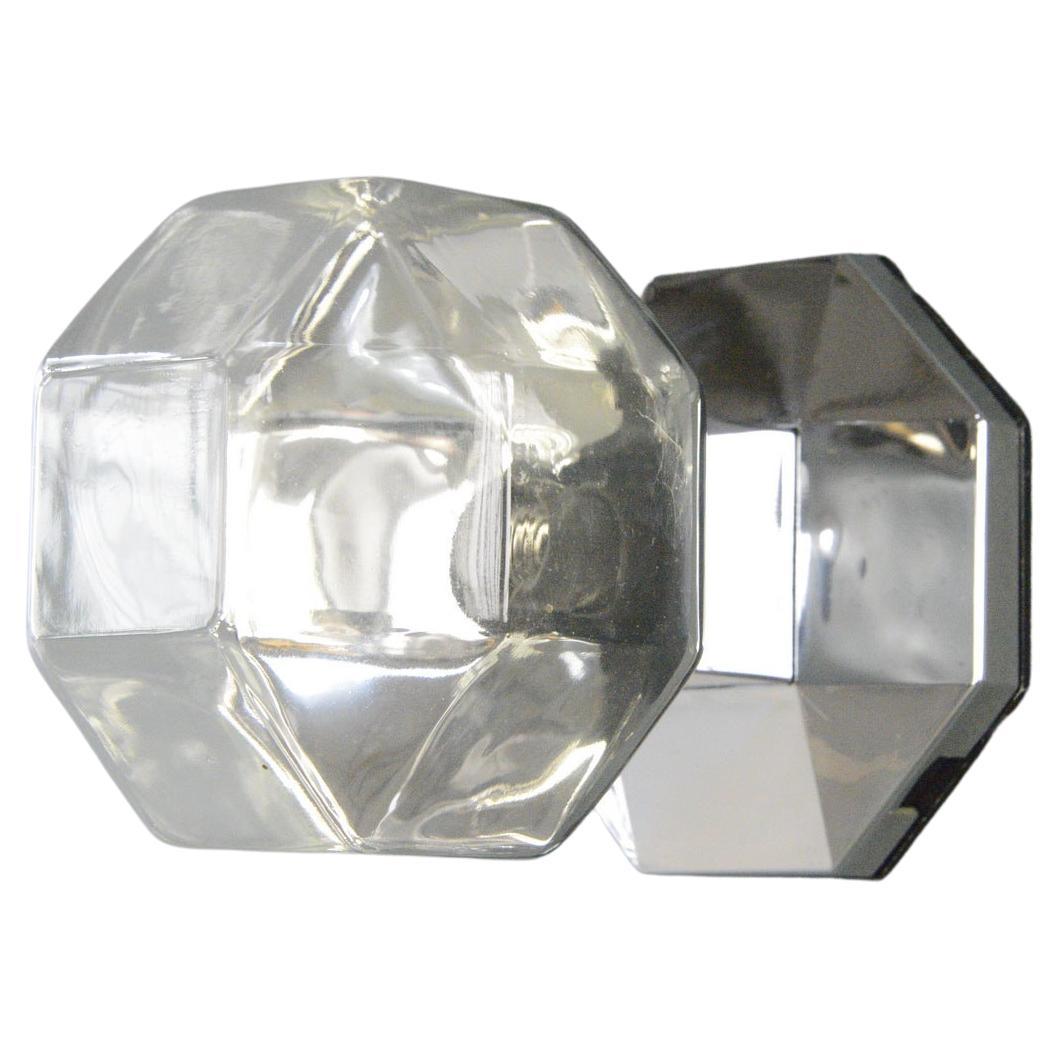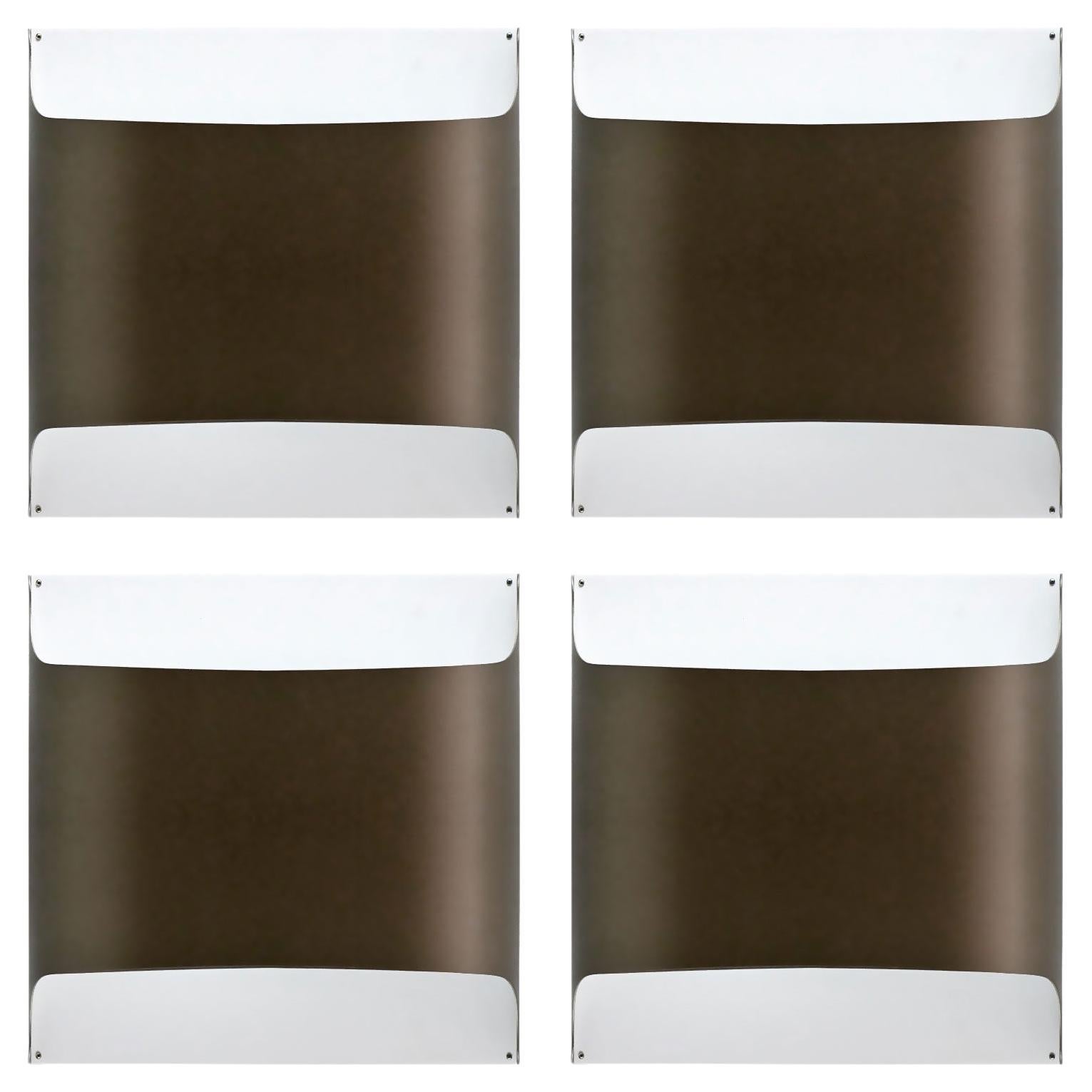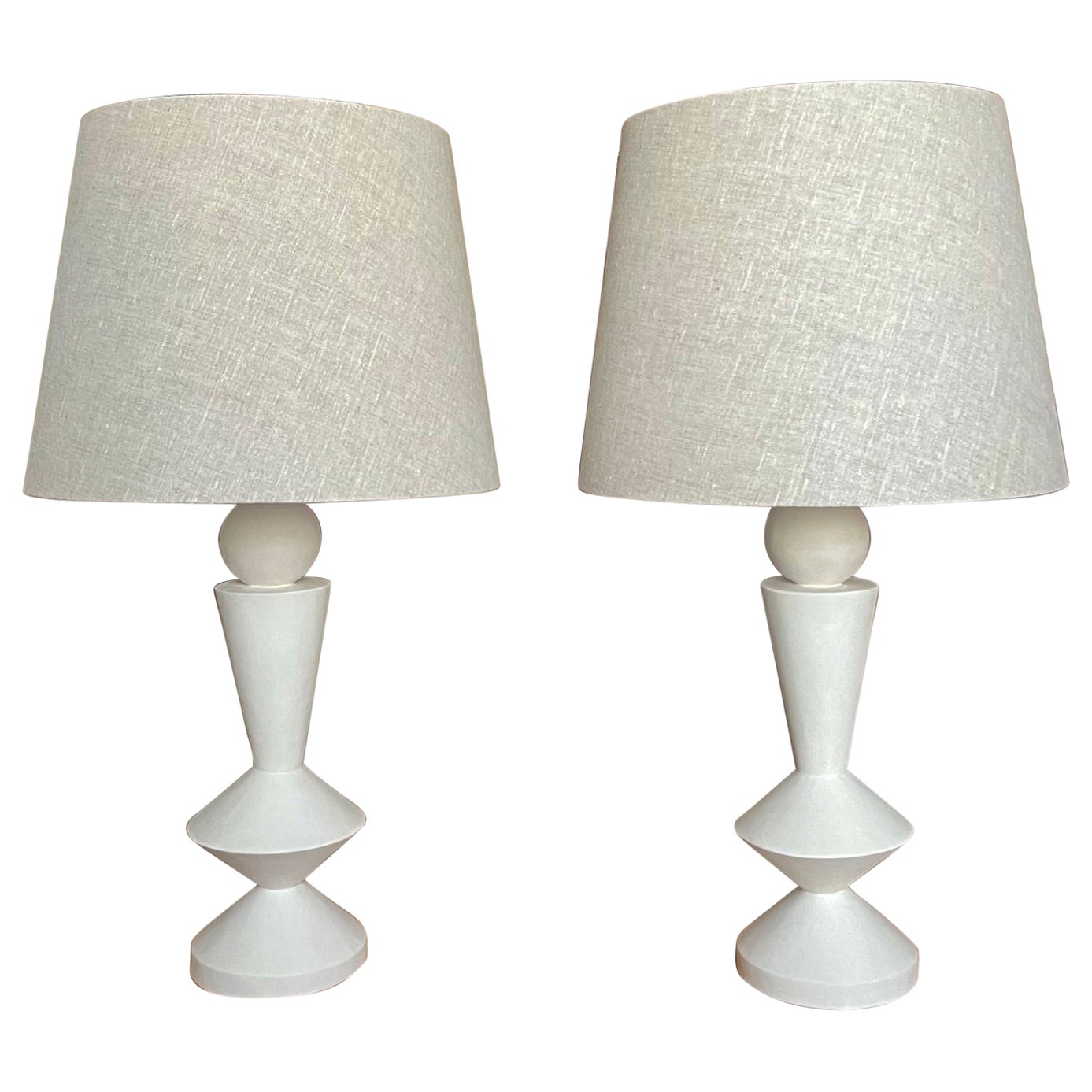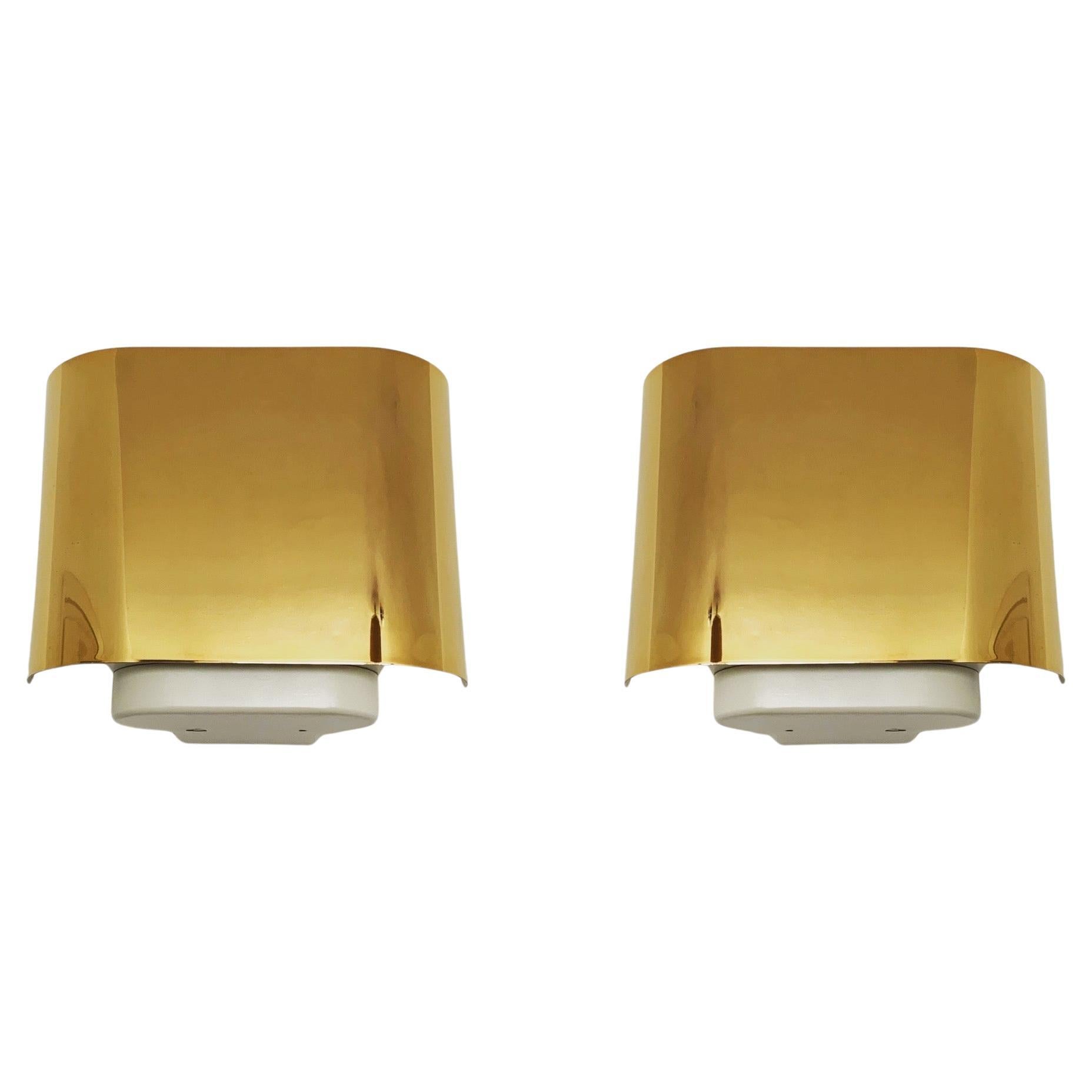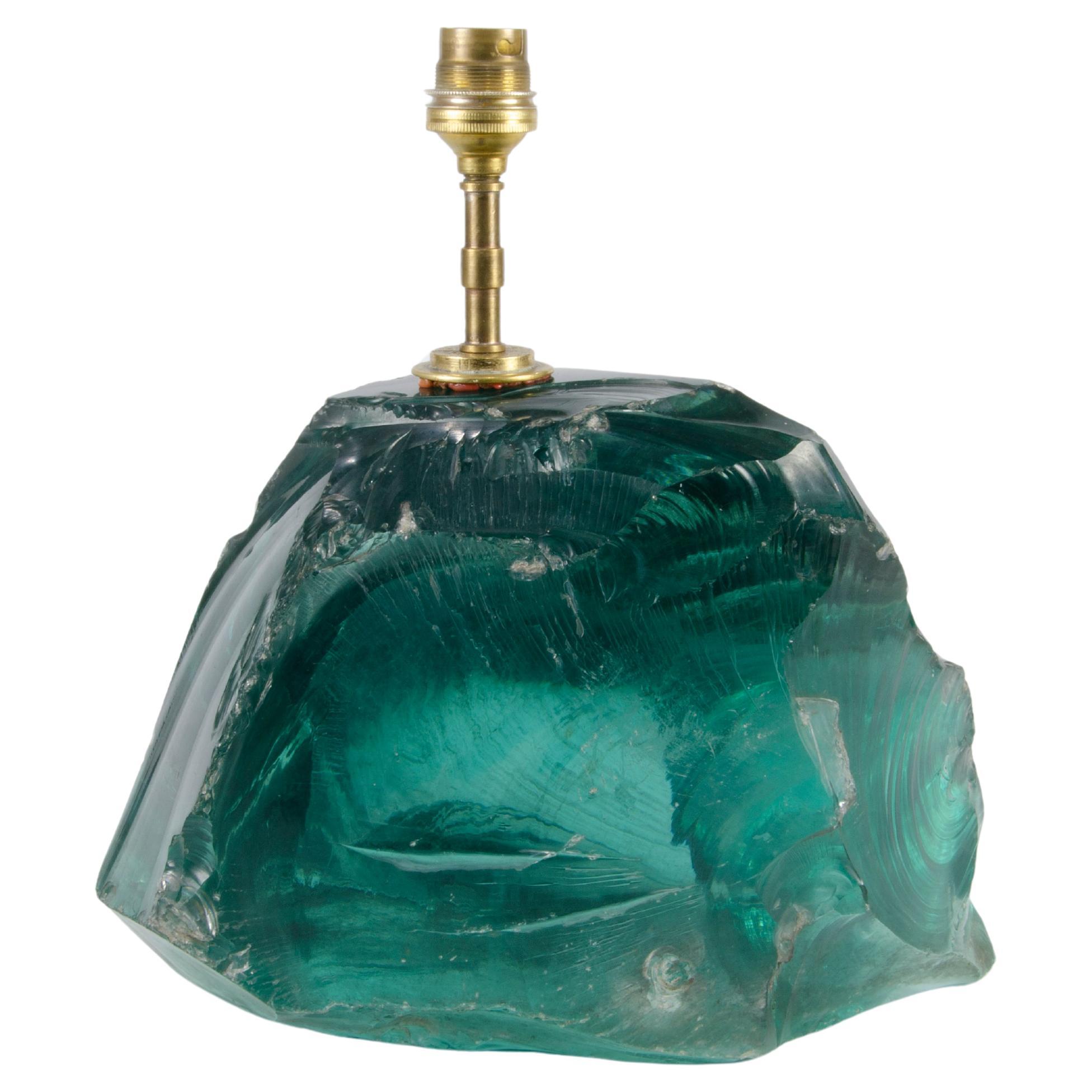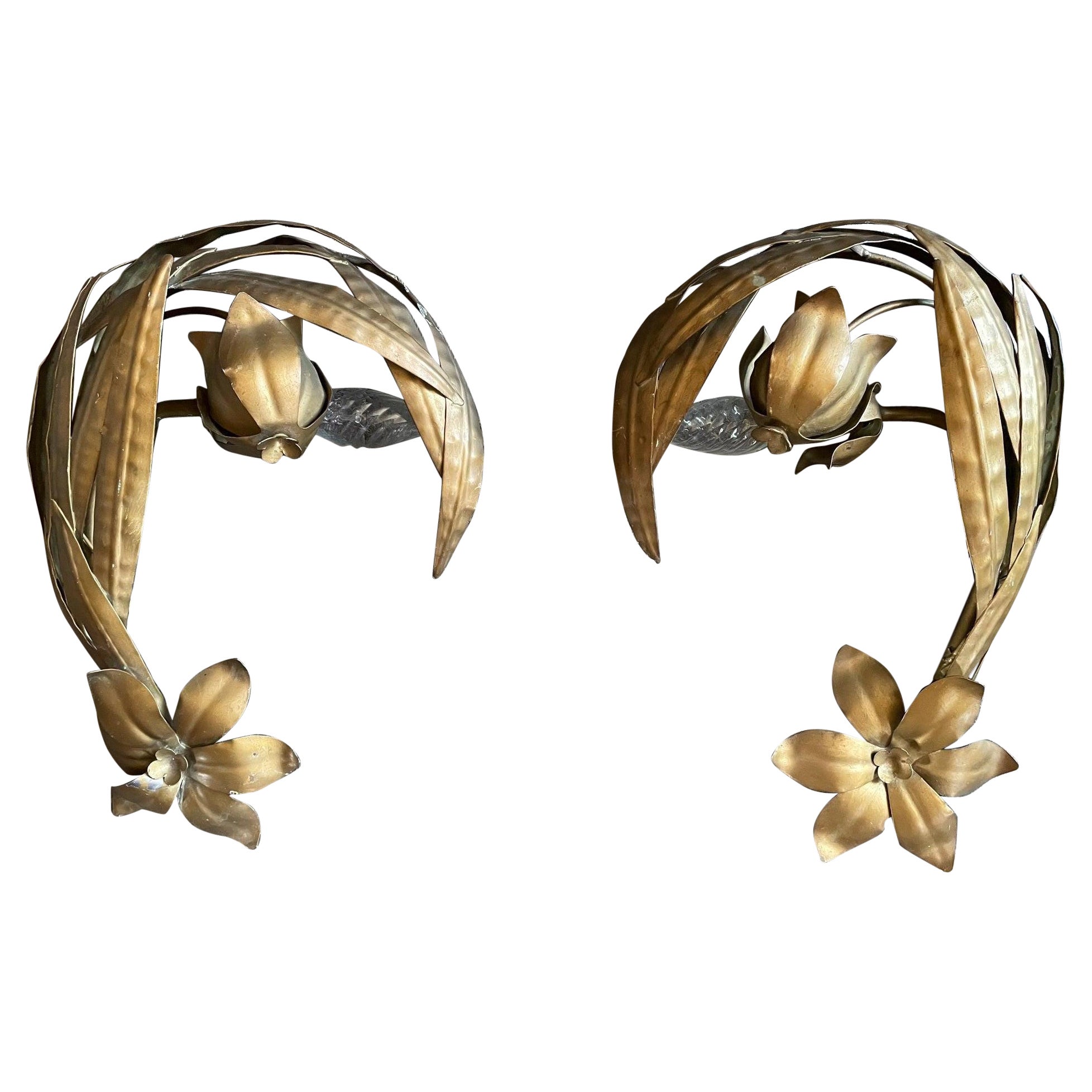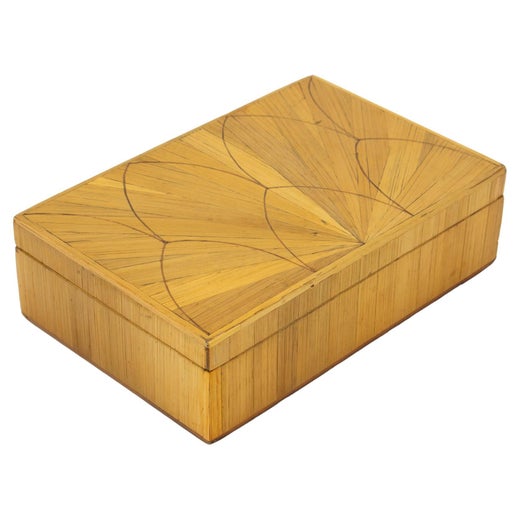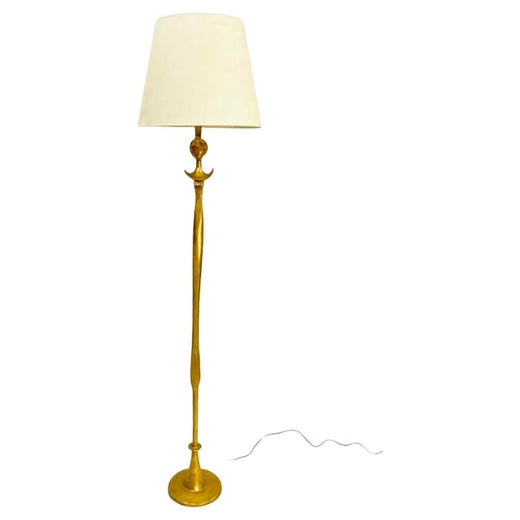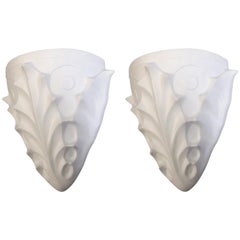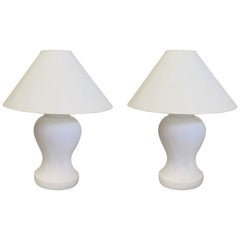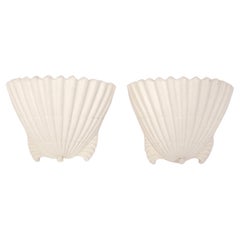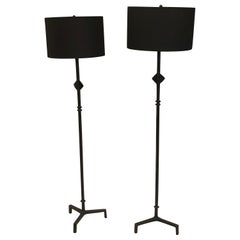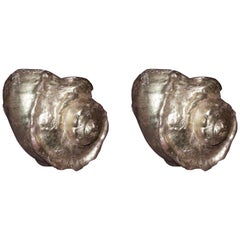
Jean-Michel Frank & A. Giacometti, Pair Wall Lights in Golden Staff, circa 1936
View Similar Items
Jean-Michel Frank & A. Giacometti, Pair Wall Lights in Golden Staff, circa 1936
About the Item
- Creator:Alberto Giacometti (Artist),Jean-Michel Frank (Artist)
- Dimensions:Height: 5.32 in (13.5 cm)Width: 7.88 in (20 cm)Depth: 7.29 in (18.5 cm)
- Sold As:Set of 2
- Style:Art Deco (Of the Period)
- Place of Origin:
- Period:
- Date of Manufacture:circa 1936
- Condition:
- Seller Location:Paris, FR
- Reference Number:1stDibs: LU104923555162
Jean-Michel Frank
For French interior and furniture designer Jean-Michel Frank (1895–1941), history always had a great allure. He once wrote, “The noble frames that came to us from the past can receive today’s creations.” His career celebrated heritage while promoting new modes of 20th-century design, and it flourished between the World Wars when Frank designed interiors that tastefully mixed extravagance with sophisticated simplicity, often featuring pieces he made with his business partner, cabinetmaker Adolphe Chanaux.
It took personal tragedy for Frank to realize his calling. Frank had been exempted from the World War I draft due to his physical frailty but his brothers both served and died on the front. When his German father applied for French naturalization, he was rejected and placed under house arrest, killing himself shortly after. His mother went into a deep depression and began undergoing psychiatric treatment and died a few years later.
With his large inheritance, Frank joined the Paris culture crowd and there got his start in the burgeoning field of interior design. His signature style, which became known as “luxe pauvre” — “impoverished luxury” — was characterized by clean lines, mixed materials and hard-to-miss details. His interiors for clients including Nelson Rockefeller and Elsa Schiaparelli featured artwork by modern creators like Diego and Alberto Giacometti, Pablo Picasso and Henri Matisse. Favoring the color white, he would consider each element of his spartan rooms as part of the whole, from bronze doors to plush antique furnishings, always tastefully rich yet never decadent. He worked on furniture with Chanaux that reinforced this austere style. Some of his most well-known furniture pieces, including the Croisillon table lamps, the Parsons table, brass tripod gueridons and the leather Comfortable chairs that used the Hermès saddle stitch, are extremely simple in their elegant appearance. This attention to refined details, simple luxury and the cohesion of design in a room made him one of the leading tastemakers of 1930s Paris.
After fleeing the Nazi occupation of France (he was part of a Jewish family that included his distant cousin, the diarist Anne Frank), Frank arrived in New York where he killed himself at the age of 46. His commitment to creating home interiors where comfort and fine art could merge and styles could mix in harmony remains influential in design.
Browse Jean-Michel Frank furniture on 1stDibs.
Alberto Giacometti
Alberto Giacometti was a painter, printmaker and furniture designer but he is best known as one of the 20th century’s most important sculptors. He is revered for the elongated, slender human figures he created in the years following World War II that reflected existentialism and the trauma associated with the conflict.
Giacometti was born in Borgonovo, Switzerland, in 1901 to a creative family. His father Giovanni was a Post-Impressionist painter, his godfather Cuno Amiet was a Fauvist painter, his brother Bruno was an architect, and his other brother Diego was an artist and furniture designer who also served as Giacometti’s model. (The sculptor worked chiefly with models plucked from his personal life.)
Beginning in 1922, Giacometti studied at the Académie de la Grande-Chaumière in Paris and was influenced by the Cubist work of Alexander Archipenko, Raymond Duchamp-Villon and the post-Cubist sculptures of Jacques Lipchitz and Henri Laurens.
During the 1930s, Giacometti designed furniture such as lamps, vases and wall décor to earn a living, often collaborating with interior designer Jean-Michel Frank, whose interiors tastefully mixed extravagance with sophisticated simplicity. However, Giacometti’s passion lay in creating sculptures.
Alberto and his brother Diego left Paris in 1940 to escape the Nazi invasion and spent time in the South of France before fleeing to Geneva, remaining there until 1946. In 1947, Giacometti began work on his most famous sculptures — very tall and thin figurines that came to be associated with frailty and loneliness.
Giacometti catapulted to fame in the United States following two exhibitions of his sculptures in 1948 and 1950 at the Pierre Matisse Gallery in New York City — Jean-Paul Sartre authored the catalogue essay for the latter. In 1961, Giacometti’s friend, Irish playwright Samuel Beckett, asked him to design the set for a re-staging of his play “Waiting for Godot.” His response took on the form of a single plaster tree.
In 1962, Giacometti won the grand prize for sculpture at the Venice Biennale, and for much of the rest of his career, he created modern paintings, drawings and sculptures of plaster, clay and bronze in his small Paris studio. He died in 1966.
Giacometti’s works continue to enthrall collectors. In 2010, his life-size bronze sculpture L'Homme qui marche (“the man who walks”), which now adorns the 100 Swiss Franc banknote, became one of the most expensive sculptures to be sold at auction.
On 1stDibs, discover a range of vintage Alberto Giacometti wall decorations, prints and sculptures.
You May Also Like
Late 20th Century French Mid-Century Modern Wall Lights and Sconces
Terracotta, Plaster
Late 20th Century Mid-Century Modern Table Lamps
Plaster
Vintage 1940s American Hollywood Regency Wall Lights and Sconces
Metal
Late 20th Century French Mid-Century Modern Floor Lamps
Wrought Iron
Mid-20th Century French Mid-Century Modern Table Lamps
Terracotta, Plaster
21st Century and Contemporary French Mid-Century Modern Chandeliers and ...
Brass
Recently Viewed
View AllRead More
Quiet Luxury May Be Trending, but These Famous Interiors Prove That Quality and Quirk Endure
Because truly timeless design requires personal vision, transcendent taste, real fortitude and top-notch objects, even if the wider world hasn’t caught on yet.
Vincent Van Duysen Imbues Minimalism with Warmth
The Antwerp-based designer lends his unique touch to homes, boutiques and offices in Belgium, the United States and Germany, as well as furniture for B&B Italia and Molteni.
